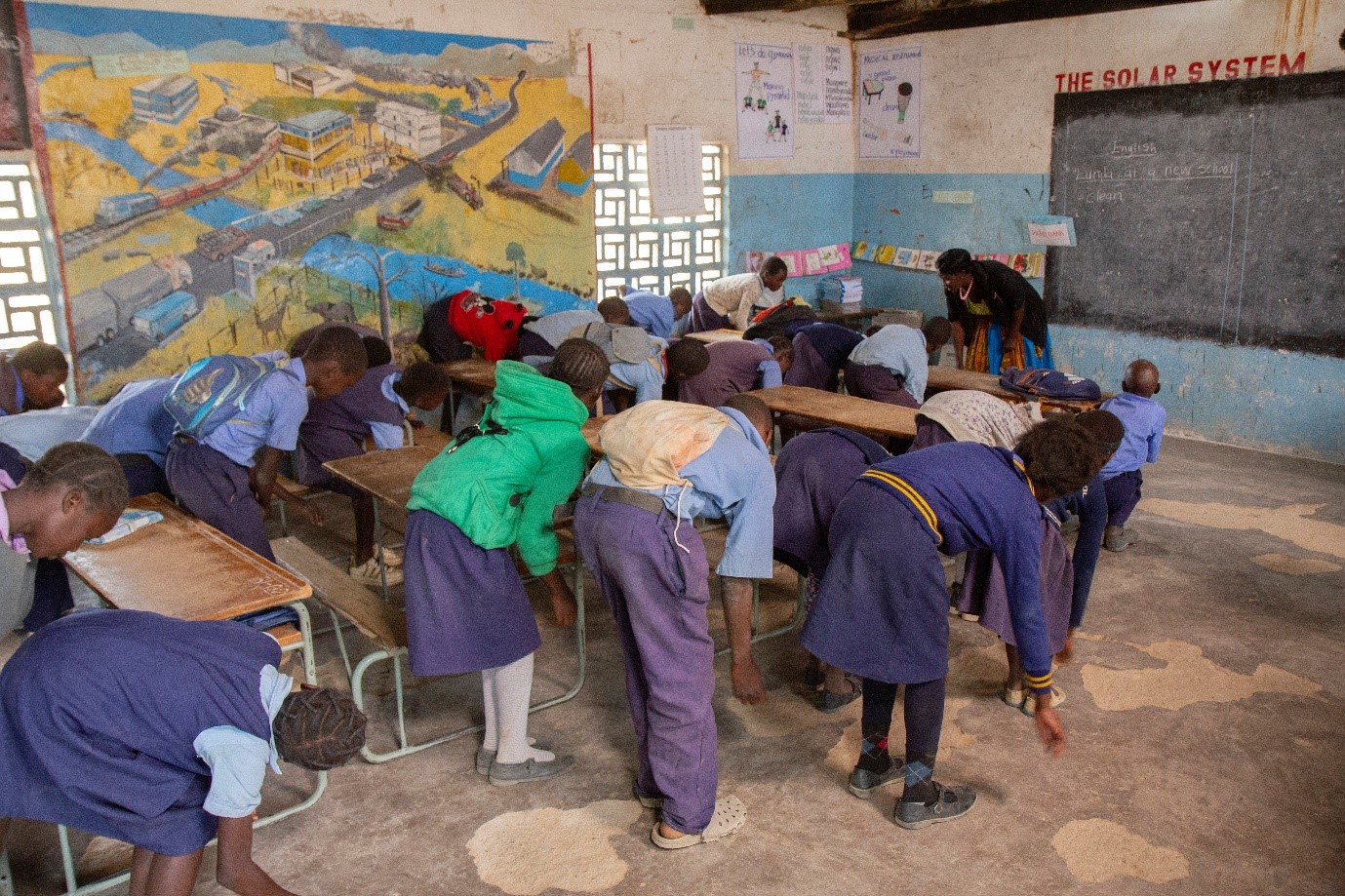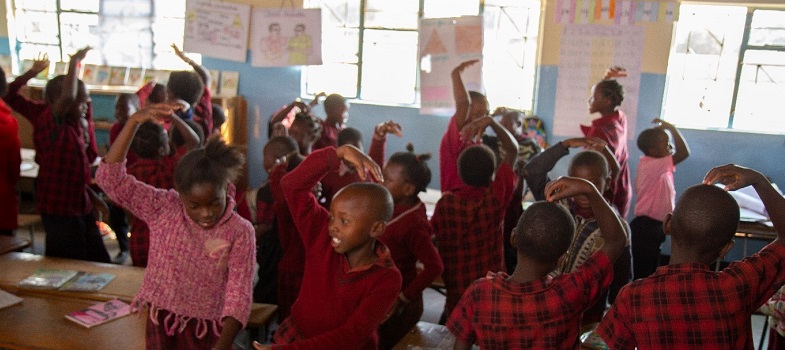Training guide
View
4. Storytelling, songs, games and roleplay
4.4. TOP TIPS for storytelling, games, songs and roleplay
When you are telling stories in the classroom:
- make eye contact with learners to see if they are following you
- use different voices for different characters
- vary the volume and tone of your voice by whispering or shouting
- bring in props such as objects or clothes to bring the story to life
- use gestures and body movement that help explain the story.
When you use songs, poems or rhymes in your lesson:
- use movement and gestures to liven up the song, poem or rhyme and to help to convey meaning
- use songs, poems or rhymes you know and change the words to fit your purpose or ask your learners to change the words based on the topic you are working on
- even formulas and lists can be put into a song or poem format. Your learners might be quite inventive at generating songs or chants for revision purposes.
When using roleplay to support your teaching:
- give learners roles or ask them to choose
- give them planning time so that they are clear about their roles
- the roleplay can be performed to the class
- learners can work in small groups.
When using games in your lessons:
- think whether the game is better completed individually, in pairs, in small groups or as the whole class
- make sure you prepare any resources you and the learners might need
- make sure you know how long you want the game to last.

Teachers and Learners participating in a game/song to
support learning
